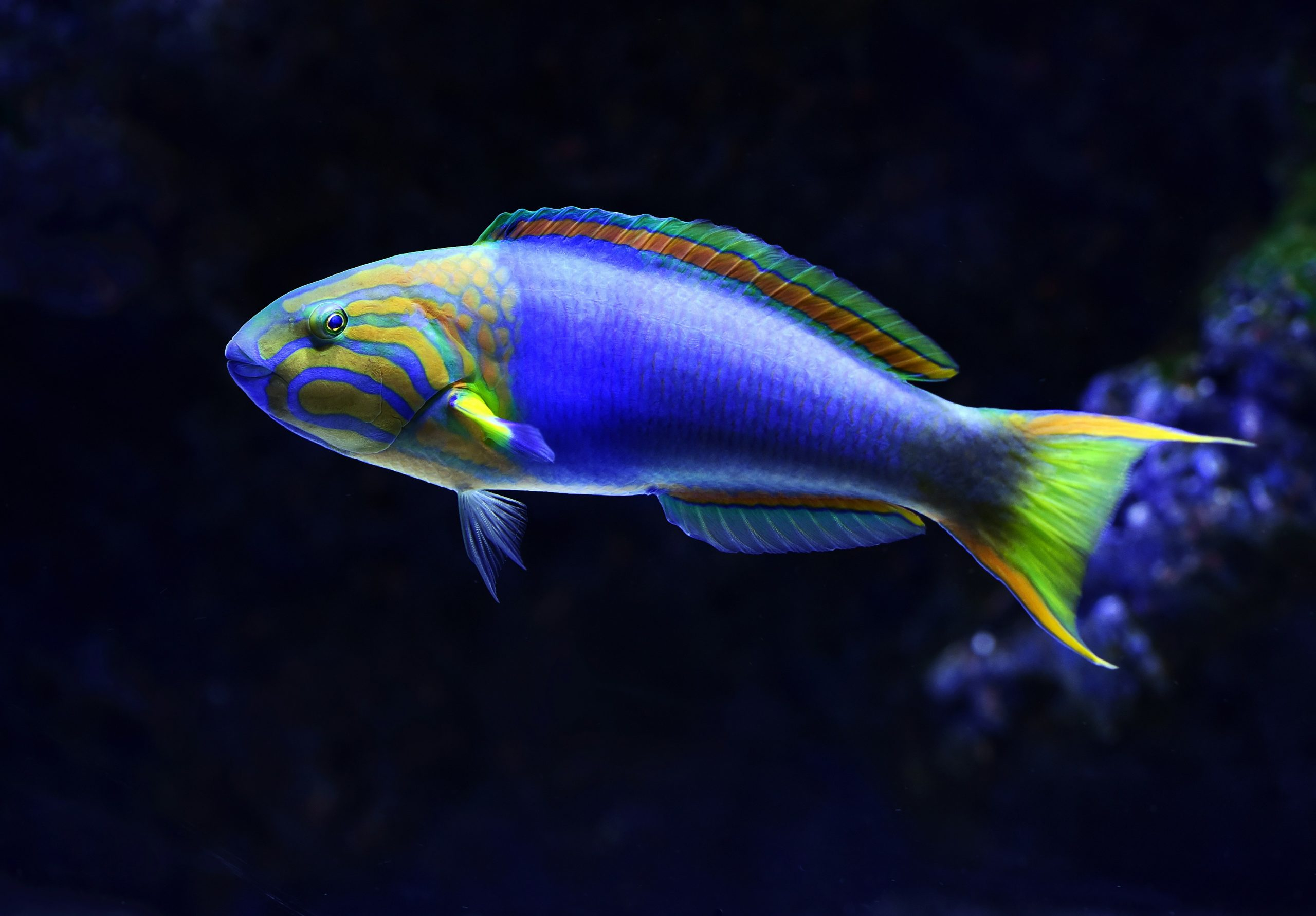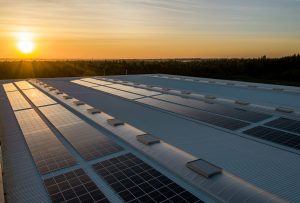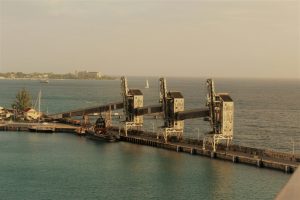Underwater IoT Sensors Monitoring Offshore Wind Farms
The global demand for renewable energy sources has been steadily increasing in recent years, and offshore wind farms have become a promising solution to meet this demand. These wind farms harness the strong and consistent winds at sea to generate electricity, making use of the constantly available wind resources. However, with this expansion of offshore wind farms, there is also a growing need for efficient and reliable monitoring systems to ensure their optimal performance. This is where Underwater IoT (Internet of Things) sensors come into play.
Understanding Offshore Wind Farms
Offshore wind farms are large-scale installations consisting of multiple wind turbines located in the ocean, typically in shallow waters. These turbines are specifically designed to capture the strong wind currents at sea, which are much stronger and more consistent than land-based winds. The turbines convert this wind energy into electricity, which is then transmitted to the shore through undersea cables.
The potential of offshore wind farms is vast, as they can produce large amounts of electricity and have a much smaller environmental impact compared to traditional fossil fuel energy sources. However, their remote location and challenging environment make monitoring and maintenance a complex task.
The Role of Underwater IoT Sensors
Underwater IoT sensors are a type of Internet-connected devices designed to collect and transmit data from the ocean’s depths. These sensors can be deployed at different locations within an offshore wind farm to monitor various parameters, such as water temperature, pressure, salinity, and ocean currents. The data collected by these sensors can help operators better manage and optimize the performance of offshore wind farms.
One crucial aspect of offshore wind farm monitoring is detecting any potential issues that may affect the efficiency and safety of the turbines. By using underwater IoT sensors, operators can continuously monitor the turbines’ performance, identify any faults or malfunctions, and take timely corrective actions. This not only helps to ensure the turbines’ optimal performance but also reduces maintenance costs and prevents unexpected downtime.
1. Enhancing Maintenance Strategies
By continuously collecting and analyzing data from underwater IoT sensors, operators can implement a predictive maintenance strategy for offshore wind farms. This means that maintenance tasks can be scheduled in advance based on the data collected, rather than waiting for a problem to occur. As a result, maintenance costs can be reduced, and the overall energy production of the wind farm can be optimized.
Moreover, these sensors can also help to diagnose any issues that may arise, enabling operators to take action before they become more significant problems. This proactive approach to maintenance can result in significant savings in time and money, as well as prolonging the life of the wind turbines.
2. Improving Wind Measurement and Forecasting
Another essential aspect of offshore wind farm monitoring is wind measurement and forecasting. By deploying underwater IoT sensors, operators can collect accurate wind data from various locations within the wind farm. This data can then be used to improve wind forecasts, assisting in the optimal positioning of wind turbines for maximum energy production.
The data collected by underwater IoT sensors can also help to develop more efficient wind turbine designs and improve the overall performance of offshore wind farms. This, in turn, can lead to a more significant contribution of renewable energy to the global energy mix.
The Future of Offshore Wind Farm Monitoring
The use of underwater IoT sensors in the offshore wind industry is still in its early stages; however, the potential for growth and development is vast. As the renewable energy sector continues to expand, there will be an increasing demand for reliable and cost-effective monitoring solutions. Underwater IoT sensors can play a crucial role in meeting this demand, helping to ensure the optimal performance of offshore wind farms and contributing to a more sustainable future.
In conclusion, the deployment of underwater IoT sensors is a significant step towards efficient, safe, and sustainable offshore wind farms. These sensors can greatly enhance maintenance strategies, improve wind measurement and forecasting, and pave the way for further innovation in the renewable energy sector. As the industry continues to grow, it is certain that underwater IoT sensors will become an indispensable tool for offshore wind farm monitoring.











